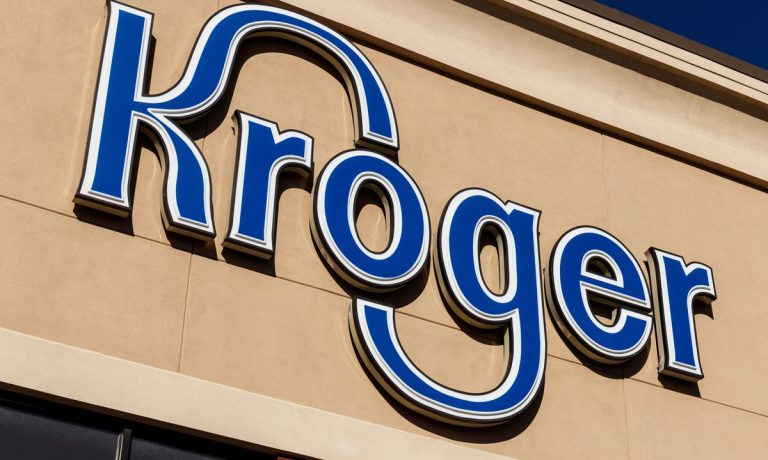Kroger Prices out Competitors as Delivery Sales Grow 34%

Kroger is keeping its membership price low to outcompete rivals on grocery delivery.
The nation’s largest pure-play grocer said Thursday (Dec. 1) in its third-quarter 2022 earnings report that total digital sales grew 10%, while delivery sales were up 34% year over year.
“We’re investing in digital growth initiatives, including expanding our Kroger delivery network in new and existing geographies,” CEO Rodney McMullen told analysts on a call. “We are also growing Boost, our one-of-a-kind membership program. This is the industry’s most affordable membership program, and it is foundational to growing our delivery service.”
The company rolled out its Boost membership program, which offers free delivery and fuel deals for $59/year (or $99 for free two-hour delivery), nationwide in July. Along with this move, the company has been expanding its delivery presence with the opening of new automated eCommerce customer fulfillment centers (CFCs), built in partnership with United Kingdom-based grocery technology company Ocado Group, across the country.
The Boost basic tier is indeed lower-priced than other leading grocery delivery subscriptions, including top grocer Walmart’s Walmart+ ($98/year), Amazon’s Prime subscription ($139/year) and Instacart’s Instacart+ ($99/year). These competitors win out when it comes to the variety of items that can be delivered, but when it comes to price for grocery delivery alone, Kroger is indeed the lowest-priced option.
This move helps Kroger tap into the growing share of consumers buying groceries online for delivery. Research from the latest edition of PYMNTS’ monthly ConnectedEconomy™ study, the “ConnectedEconomy™ Monthly Report: The Gender Divide Edition,” found that 43% of men and 35% of women had purchased groceries online for home delivery in the previous month. For men, that share purchasing grocery delivery is up 10 percentage points from November 2021, and for women it has increased nine points.
Those comparatively low prices are especially key now, as consumers look to cut back on unnecessary grocery spending amid rapid grocery inflation. Research from the October edition of the Consumer Inflation Sentiment study, “Consumer Inflation Sentiment: Consumers Buckle Down on Belt-Tightening,” revealed that nearly half of all grocery shoppers are switching to cheaper merchants to reduce their expenses in the face of inflation.
Additionally, through these eCommerce purchases, Kroger can gather data about its customers’ habits that it would not have access to if those purchases were made in stores, increasing the grocer’s ability to drive sales with those shoppers going forward. Plus, the revenue generated from that data is magnified, as the grocer sells it to consumer packaged goods (CPG) brands through its marketing insights subsidiary 84.51° and its Kroger Precision Marketing (KPM) arm.
“The traffic and data generated by our supermarket business continues to create a flywheel effect for alternative profits, and growth this quarter was again led by retail media,” Kroger Chief Financial Officer Gary Millerchip told analysts. “CPG brands are finding significant value in our unique ability to build custom audiences that draw on our data to deliver precisely measured return on investment.”